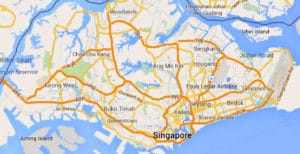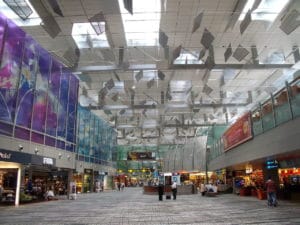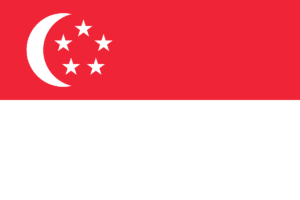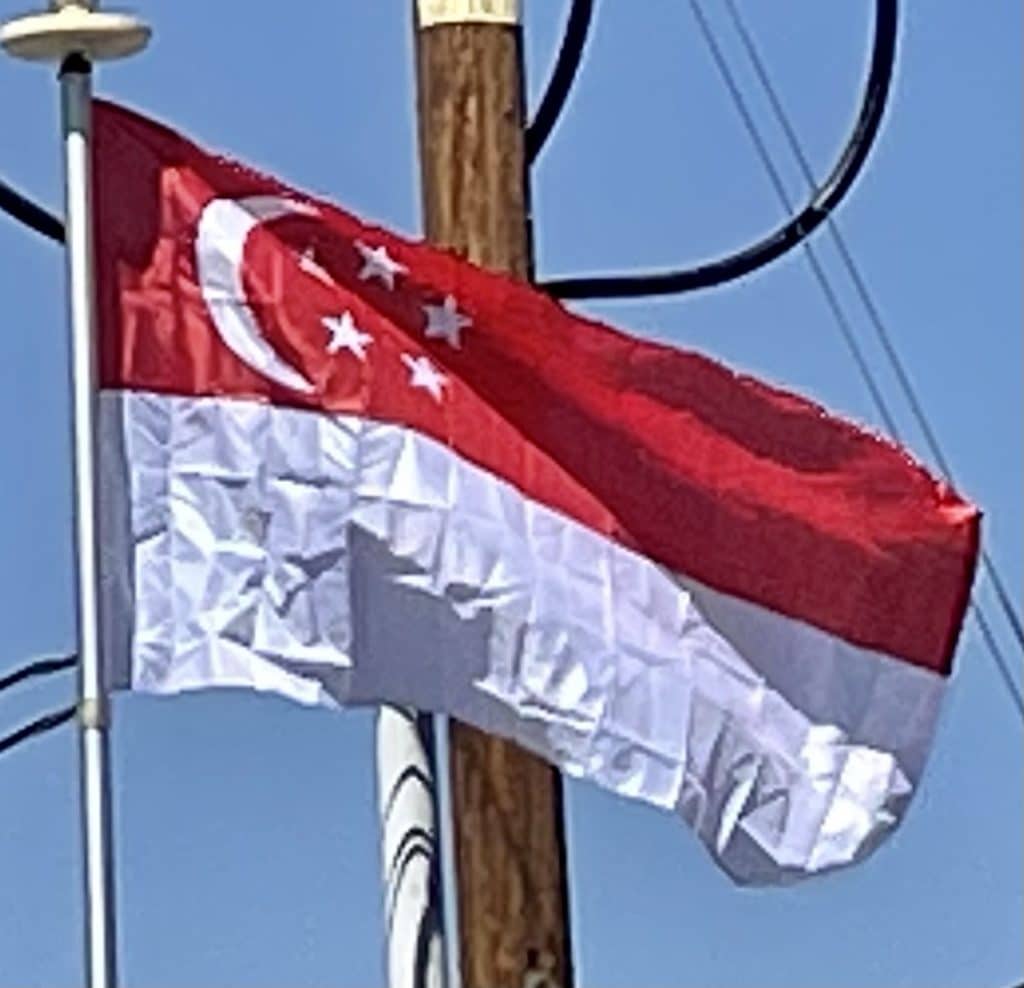
Common alternatives to private vehicles include bicycles, bus, taxis and train (MRT or LRT). Two companies run the train transport system—SBS Transit and SMRT Corporation. Four companies, Go-Ahead, Tower-Transit, SBS Transit and SMRT Corporation run the public buses under a ‘Bus Contracting Model’ where operators bid for routes. There are six taxi companies, who together put out over 28,000 taxis on the road. Taxis are a popular form of public transport as the fares are relatively cheap compared to many other developed countries.
Singapore is a major international transport hub in Asia, serving some of the busiest sea and air trade routes. Changi Airport is an aviation center for Southeast Asia and a stopover on the Kangaroo Route between Sydney and London. There are three civilian airports in Singapore, Singapore Changi Airport, Seletar Airport and Kallang Airport (which is not open to public). Singapore Changi Airport hosts a network of over 100 airlines connecting Singapore to some 300 cities in about 70 countries and territories worldwide. It has been rated one of the best international airports by international travel magazines, including being rated as the world’s best airport for the first time in 2006 by Skytrax. The national airline is Singapore Airlines.

The Port of Singapore, managed by port operators PSA International and Jurong Port, was the world’s second-busiest port in 2019 in terms of shipping tonnage handled, at 2.85 billion gross tons (GT), and in terms of containerized traffic, at 37.2 million twenty-foot equivalent units (TEUs). It is also the world’s second-busiest, behind Shanghai, in terms of cargo tonnage with 626 million tons handled. In addition, the port is the world’s busiest for transshipment traffic and the world’s biggest ship refueling center.
Flag of Singapore:
The flag of Singapore was adopted in 1959, the year Singapore became self-governing within the British Empire. It remained the national flag upon the state’s independence from Malaysia on 9 August 1965. The design is a horizontal bicolor of red above white, overlaid in the canton (upper-left quadrant) by a white crescent moon facing a pentagon of five small white five-pointed stars. The elements of the flag denote a young nation on the ascendant, universal brotherhood and equality, and national ideals.

The design of the flag was completed in two months by a committee headed by deputy prime minister Toh Chin Chye. He initially wanted the flag’s entire background to be red, but the Cabinet decided against this, as red was regarded as a rallying point for communism. According to an account given by Lee Kuan Yew, the Chinese population wanted five stars based off the flag of the People’s Republic of China and the Malay population wanted a crescent moon. Both of these symbols were combined to create the national flag of Singapore.
